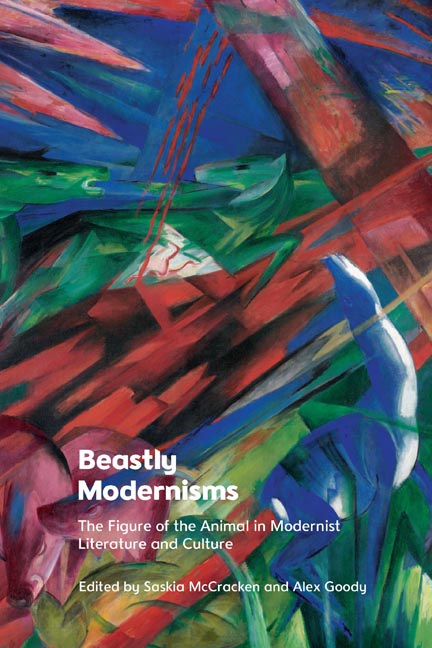Book contents
2 - Can Flush Count?: Virginia Woolf, Animality and Numbers
Published online by Cambridge University Press: 21 October 2023
Summary
‘Can Flush Count?’ The short answer is ‘Yes – But, in more ways than one!’ This essay counts some of the ways. The historical, lived dog Flush (c.1840– 54), companion of the poet Elizabeth Barrett Browning, given to her by Mary Russell Mitford and the subject of Virginia Woolf’s novel Flush: A Biography (1933), was apparently taught to count. But this parlour game with a poet is possibly the least interesting aspect of any investigation into numbers and animality in Woolf’s bestselling but least critically scrutinised novel. Canine counting and Woolf’s own recorded suspicion of measuring – ‘Who shall measure the heat and violence of a poet’s heart when caught and tangled in a woman’s body?’ (Woolf 1929: 73) – is here considered in relation to Catullus’s famous love lyric against counting and Derrida’s dictum ‘Counting is a bad procedure’, to argue that Flush: A Biography, Woolf’s much neglected ground-breaking work on animality, really does count.
COUNTING THE FLUSHES
‘Can Flush count?’ supplements a previous question I asked elsewhere: ‘Can Flush read?’. In attempting to respond to the latter I explored Woolf’s canine novel in relation to Derrida’s animal turn (Goldman 2016). I concluded with the short answer: yes, Flush can read (Goldman 2016: 172)! Flush can read image; he can read humans; he can read human writing. But which ‘Flush’ can read these things? For Flush is legion. Flush, too, is verb, noun and adjective. Flush is text, and more importantly, intertext. How might we collate him? How do we go about counting the number of Flushes that could come running when we call that name? Flush: A Biography undermines our faith in a singular, originary Flush.
Nor is Flush simply polysemic; rather, Flush is disseminated. Dissemination, according to Derrida, in ‘diverging from polysemy, comprising both more and less than the latter […] interrupts the circulation that transforms into an origin what is actually an after-effect of meaning’ (Derrida 1981: 21).
- Type
- Chapter
- Information
- Beastly ModernismsThe Figure of the Animal in Modernist Literature and Culture, pp. 38 - 55Publisher: Edinburgh University PressPrint publication year: 2023



